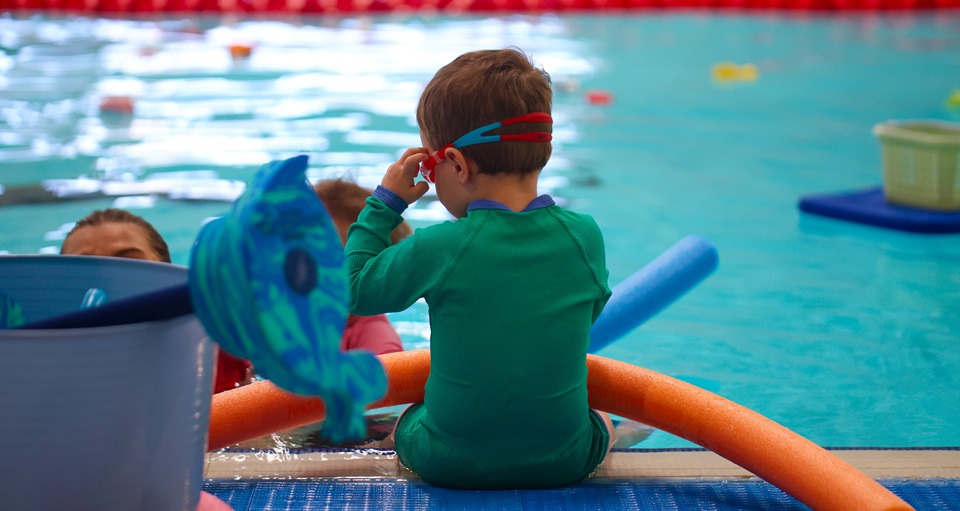Swim On: Why Little Ones Need to Keep Going
Reading time: 2 minutes

For babies and toddlers, swimming lessons are more than just a splash in the pool—they’re a powerful tool for early development, confidence-building, and water safety. While it might seem harmless to pause lessons during the cooler months or busy family periods, maintaining a consistent swim routine can make a world of difference in a young child’s progress.
In the early years, children are constantly learning and adapting. Swimming introduces them to new environments, helps them build trust with instructors, and encourages physical coordination. These lessons are often a child’s first structured activity, and the familiarity of weekly sessions helps them feel secure and supported. When lessons are paused, even for a few weeks, it can feel like a long time to a young child. That gap can lead to hesitation, regression in skills, or a loss of confidence, especially for those still adjusting to the water.
Ongoing swim lessons also play a key role in physical development. Swimming strengthens growing muscles, improves balance and coordination, and supports cardiovascular health, all in a gentle, low-impact way that’s perfect for little bodies. And because it’s fun, children are more likely to stay engaged and active.
Routine is another major benefit. Young children thrive on consistency, and regular swim sessions provide a predictable rhythm that supports emotional and behavioural growth. Our swim school offers flexible options, such as the ability to pause lessons for holidays, making it easier for families to stay committed without losing momentum.
Perhaps most importantly, swimming is a life-saving skill. As children grow and spend more time around water, whether at the beach, pool, or on holiday, having strong, retained swimming skills can significantly reduce the risk of drowning. Continuous lessons help reinforce those skills and ensure they’re ready when it matters most.
In short, swimming isn’t just a seasonal activity, it’s a year-round investment in your child’s safety, development, and confidence. Keeping them in the water consistently helps them grow stronger, braver, and more capable with every splash.
Not enrolled yet? Log into your Customer Portal (or create a new account) and sign up now.




.png?sfvrsn=af0f6de1_1&Quality=High&Method=CropCropArguments&ScaleUp=true&Width=460&Height=299&Signature=385A239F93CFFA4CF5DCFC4B5B2DBB4285FB68F9)
-x-1152px-(h)_.jpg?sfvrsn=87f64cb_1&Quality=High&Method=CropCropArguments&ScaleUp=true&Width=80&Height=80&Signature=BD9CB88FBFB53EB5BE532EDA5BFB391F0B9879B2)

